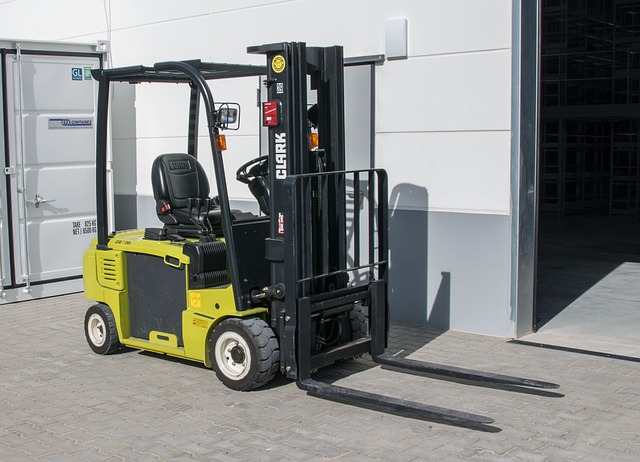Operator training essentials for safe load handling
Effective operator training is a key component of safe load handling in warehousing and logistics environments. Training programs that combine practical skills, equipment knowledge, and an understanding of maintenance, compliance, and telematics help reduce incidents, protect workers and goods, and support more efficient fleet operations.

Safe load handling depends on clear instruction, hands-on practice, and systems that reinforce good habits. Operators need structured training that addresses daily tasks they will perform, common hazards in warehousing, and how procedures connect to maintenance and sustainability goals. This article outlines core training elements, links them to equipment types such as electric trucks and battery management, and explains how telematics and compliance frameworks support safer operations.
What should training cover?
Operator training should include machine controls, load stability, and practical exercises with pallets and varied loads. Programs commonly mix classroom instruction on safety principles with supervised on-the-job training in logistics environments. Effective modules cover pre-shift checks, correct stacking and placement of pallets, proper use of attachments, and the limits of rated capacities. Training that emphasizes situational awareness and decision-making helps operators respond correctly when loads shift or warehouse conditions change.
How does safety influence load handling?
Safety protocols directly shape how loads are prepared, lifted, and transported across a facility. Operators must follow procedures for securing pallets, checking for damaged packaging, and using appropriate travel speeds in high-traffic areas. Warehousing layouts and pedestrian routes should be part of training so operators understand blind spots and crossing procedures. Reinforcing protective behaviors—seatbelts, horn use, and controlled turns—reduces tip-over risks and material damage while supporting overall workplace safety culture.
What maintenance practices matter?
Routine maintenance affects handling performance and operator confidence. Training should teach operators to perform daily inspections: brakes, steering, mast components, forks, and battery condition for electric trucks. Understanding how battery health, charging protocols, and fluid levels influence runtime and lift capacity helps operators report issues early. Coordination between operators and maintenance teams reduces downtime and prevents small defects from becoming safety hazards. Clear reporting channels and simple checklists make maintenance participation practical for busy fleets.
How can telematics support operators and fleet management?
Telematics systems provide data that can inform training and monitor safety trends. Operators trained to interpret basic telematics feedback—such as speed, lift attempts, and impact reports—can adjust behavior more quickly. For fleet managers, telematics highlights recurring incidents, inefficient routes, or battery usage patterns that indicate the need for targeted retraining or maintenance. Integrating telematics into training encourages data-driven safety improvements without penalizing honest reporting of near-misses or equipment concerns.
How do compliance and documentation help?
Compliance with local regulations and internal policies is a foundation for consistent load handling standards. Training should cover legal requirements for operator certification, documentation of inspections, and recordkeeping for maintenance and incidents. Clear checklists and documented refresher training support compliance audits and help new hires reach required competency levels faster. Emphasizing documentation also fosters accountability and makes it easier to review procedures after near-misses to prevent recurrence.
How does sustainability affect training and equipment choices?
Sustainability considerations increasingly influence operator training and equipment selection. Electric trucks change battery maintenance routines and charging etiquette compared with combustion engines, so operators need specific guidance on battery cycles, safe charging areas, and energy-efficient driving habits. Training that promotes efficient pick routes, load consolidation, and proper pallet handling can reduce unnecessary movements and energy consumption across a fleet. Aligning training with sustainability goals supports operational resilience and can extend equipment lifespan.
Conclusion A comprehensive operator training program for safe load handling combines practical skill-building, routine maintenance awareness, and familiarity with modern tools such as telematics and electric drive systems. Training tied to compliance and documentation reinforces consistent practices, while attention to sustainability and fleet-level insights supports long-term safety and efficiency. Ongoing assessment, refreshers, and a culture that encourages reporting and improvement help keep warehousing and logistics operations safer and more reliable.






